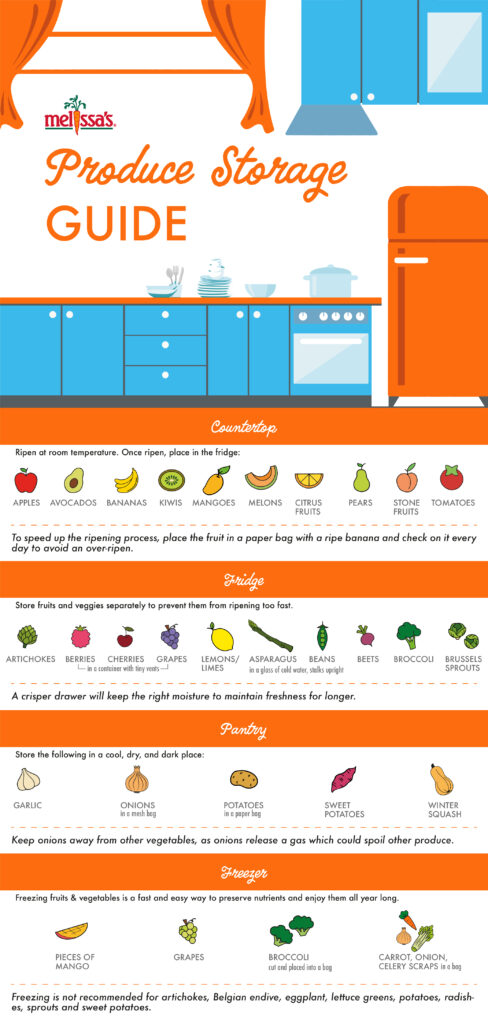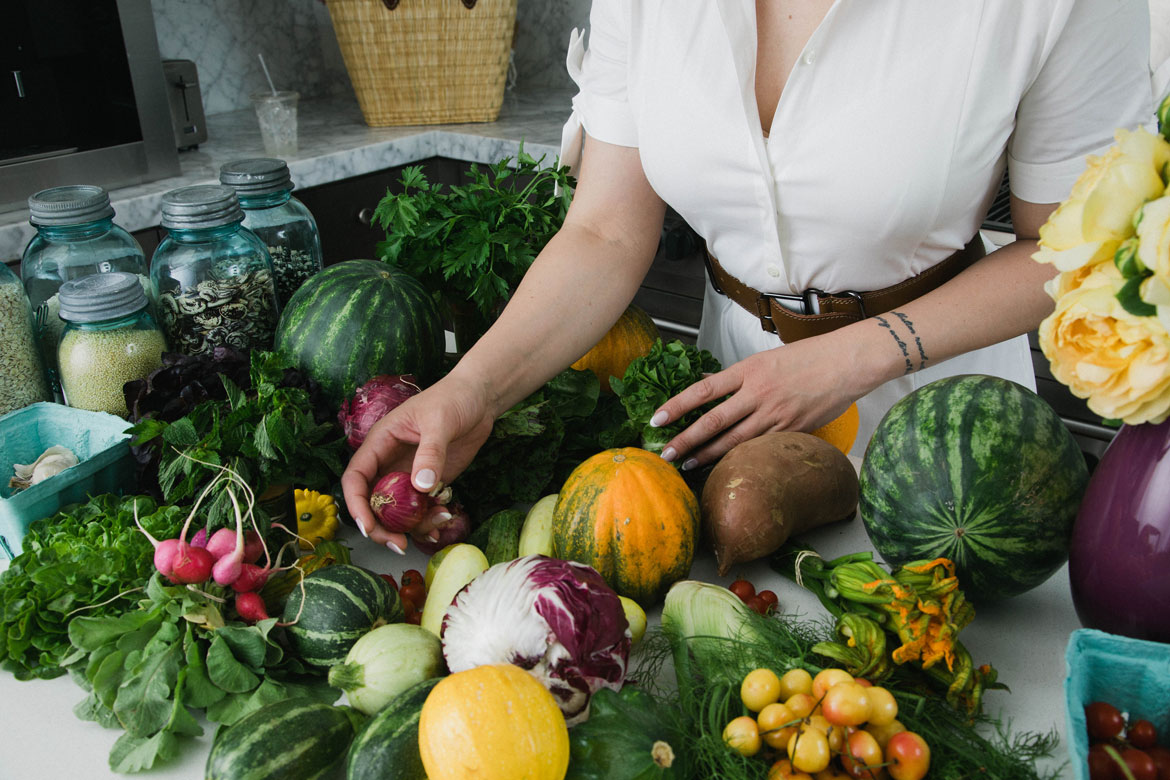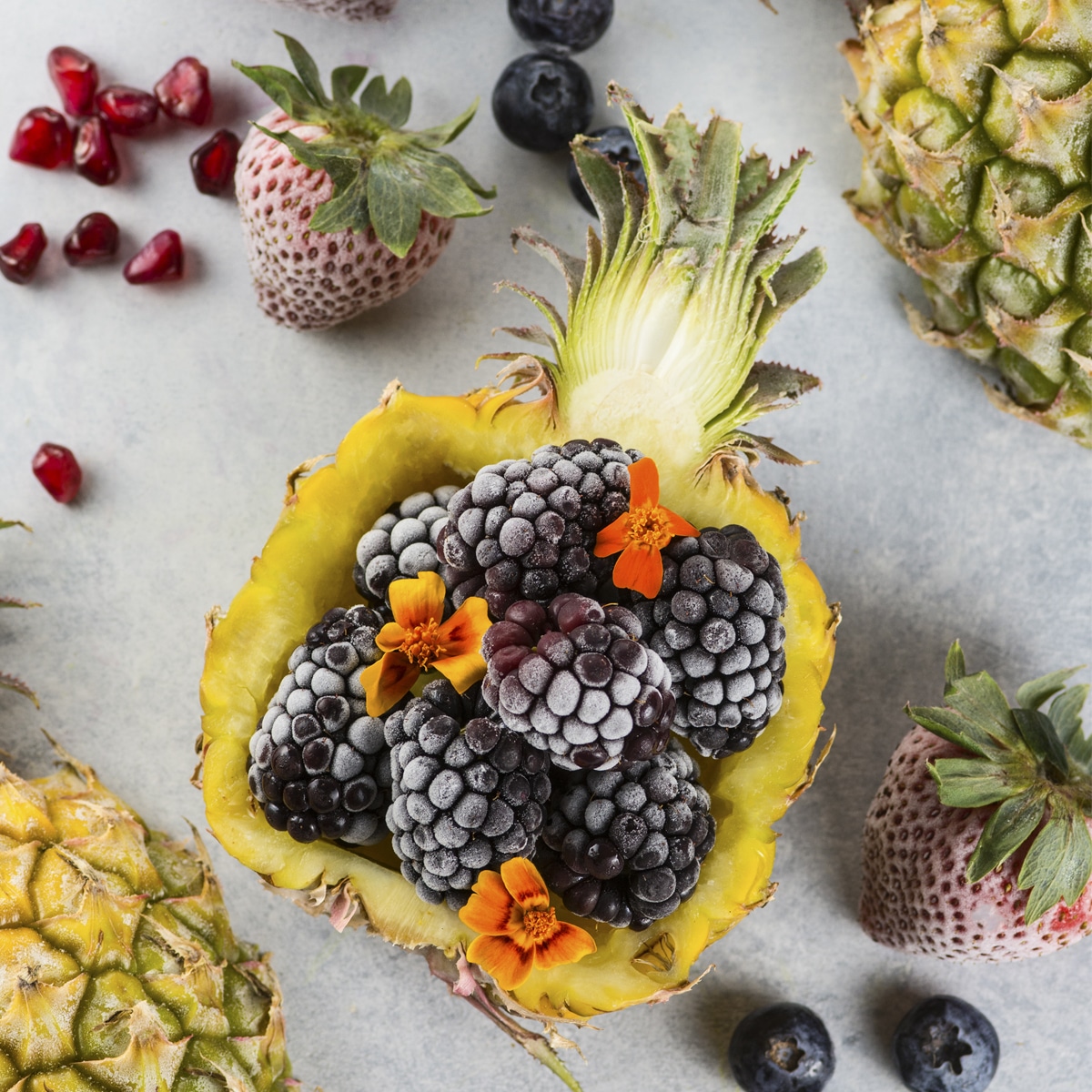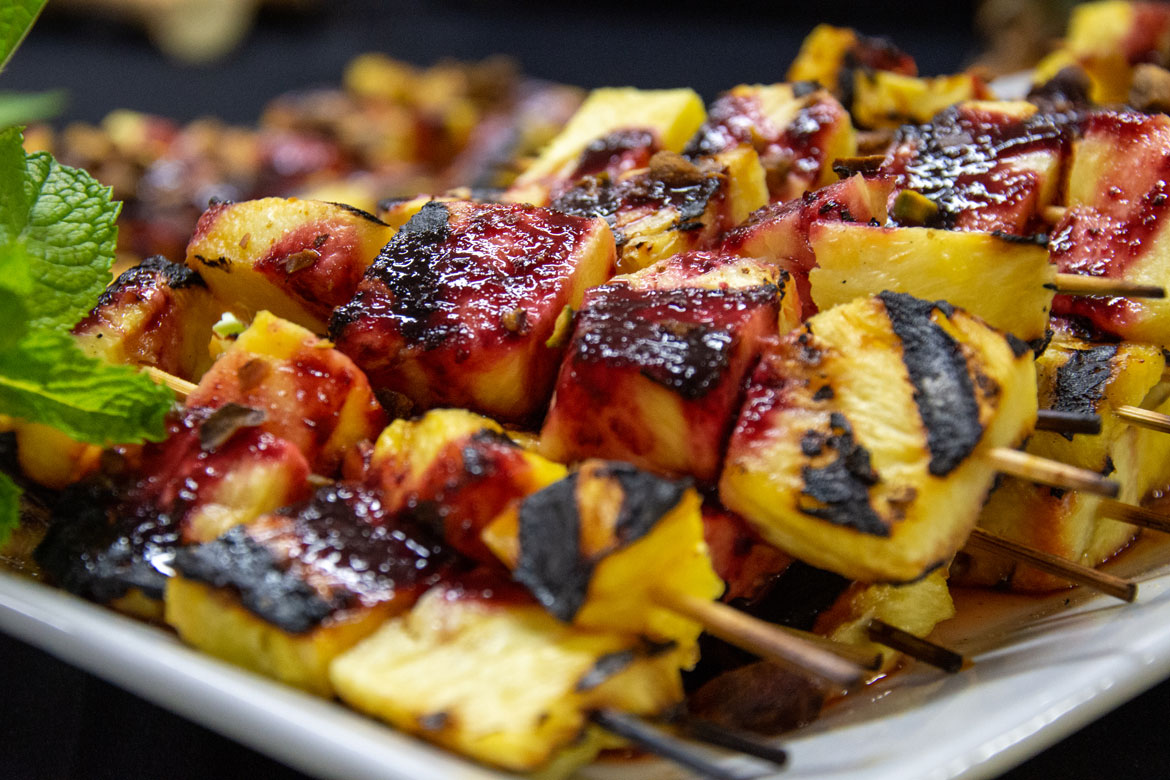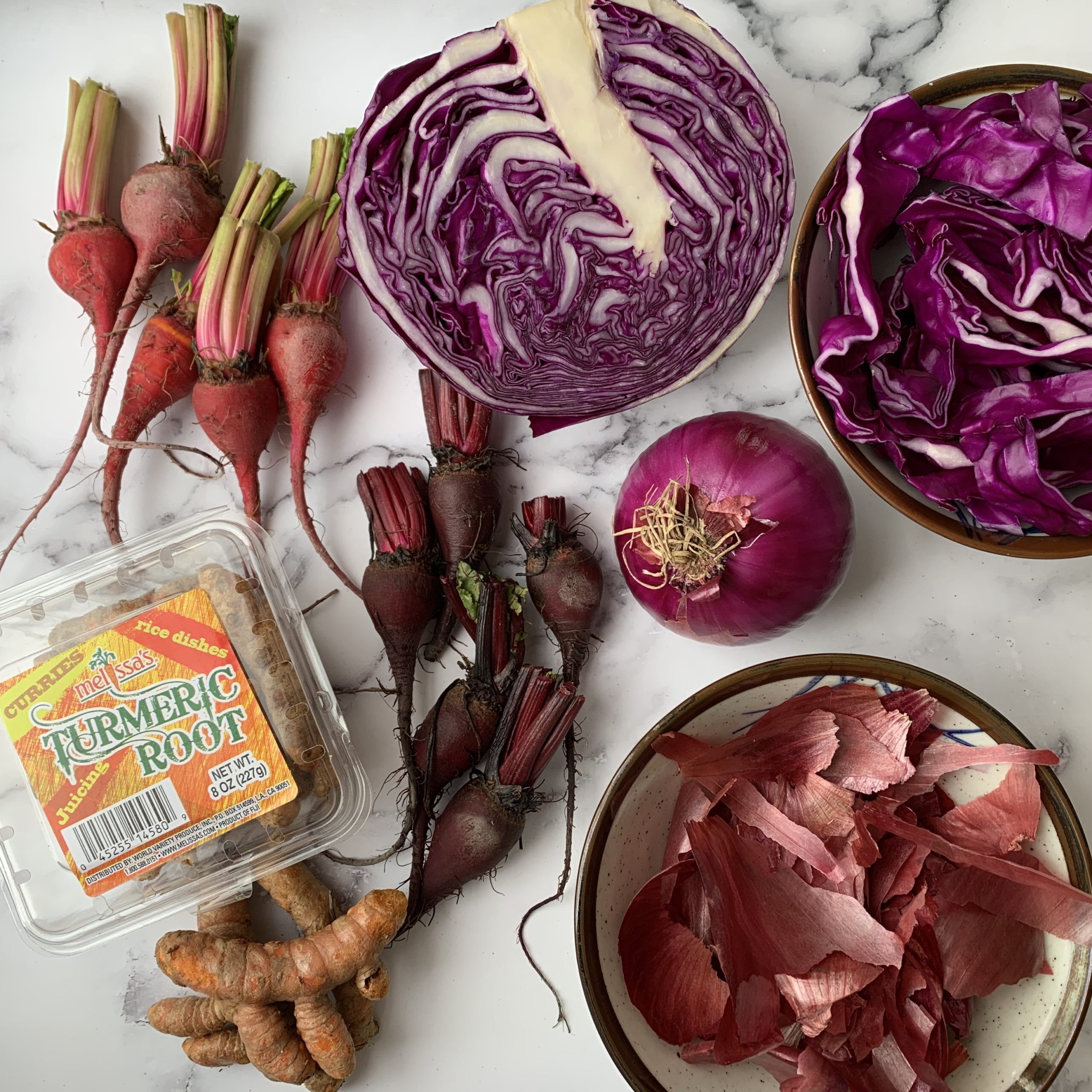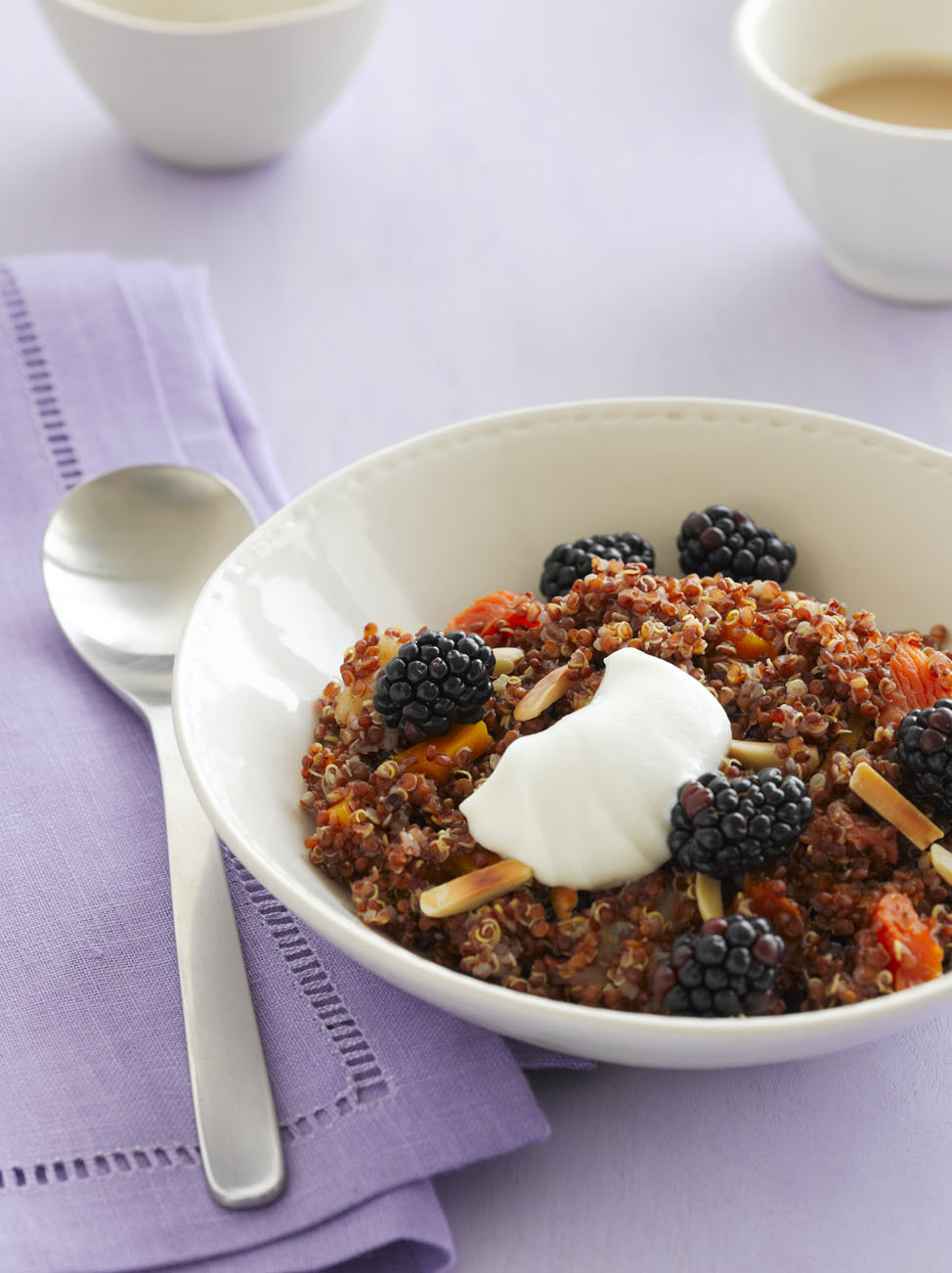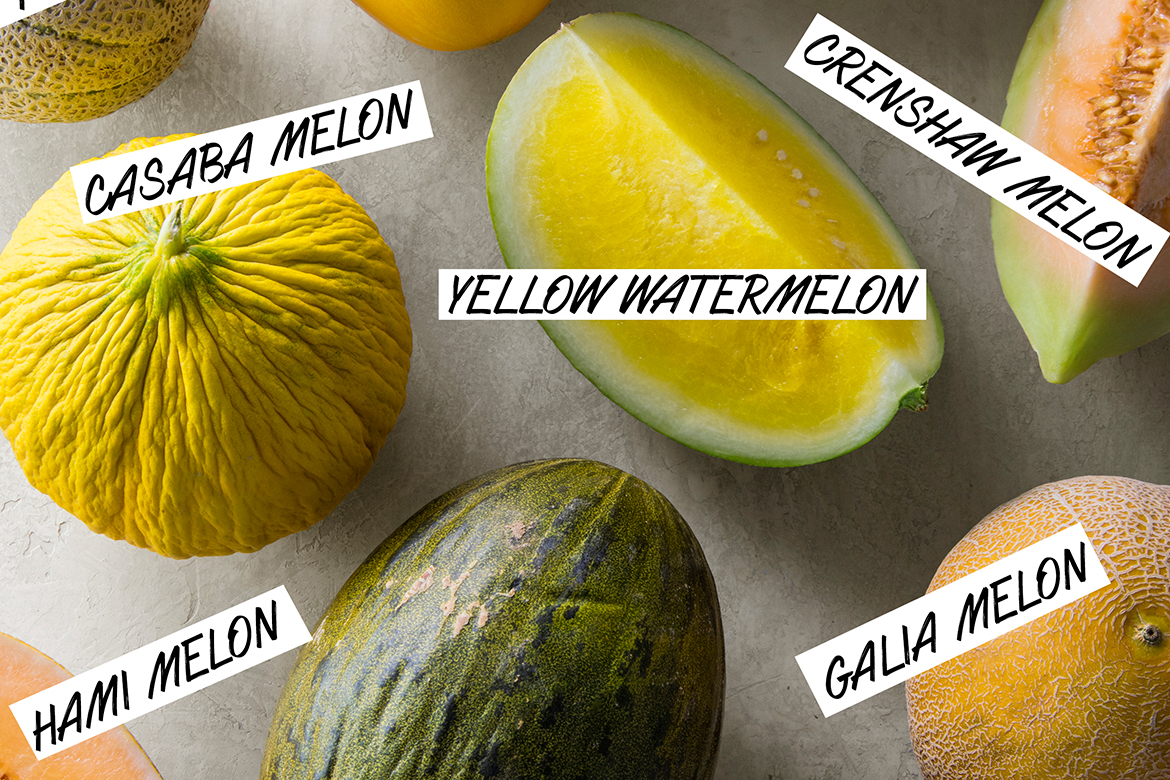Food storage, and how it relates to food waste, is not something people think about too often, especially for those who don’t struggle to afford groceries. Did you know, Americans manage to throw out an estimated 80 billion pounds of food every year. EVERY YEAR!
So just how much food does the average American waste? According to a survey by the American Chemistry Council, the average household throws out $640 of food each year. Furthermore, 76% of Americans admit to throwing out leftovers on a monthly basis. Since data from the Bureau of Labor Statistics tells us that the average American household spent $4,015 on food in 2015, this means we’re throwing away almost 16% of the food we buy — and that’s not a number to be proud of.
To help you think about food storage and how to make the most of your fresh produce, we made this Where to Store Fresh Produce Infographic for you!
DOWNLOAD YOUR KIDS COLORING GUIDE HERE
Produce Storage Guidelines
- Do Not Store Fruits and Vegetables Together. Fruits that give off high levels of ethylene (the ripening agent) can prematurely ripen and spoil surrounding vegetables. (Think of the “one bad apple” adage.)
- Room Temp should be between 68-73 degrees
- Fridge Temp should be between 35-38 degrees
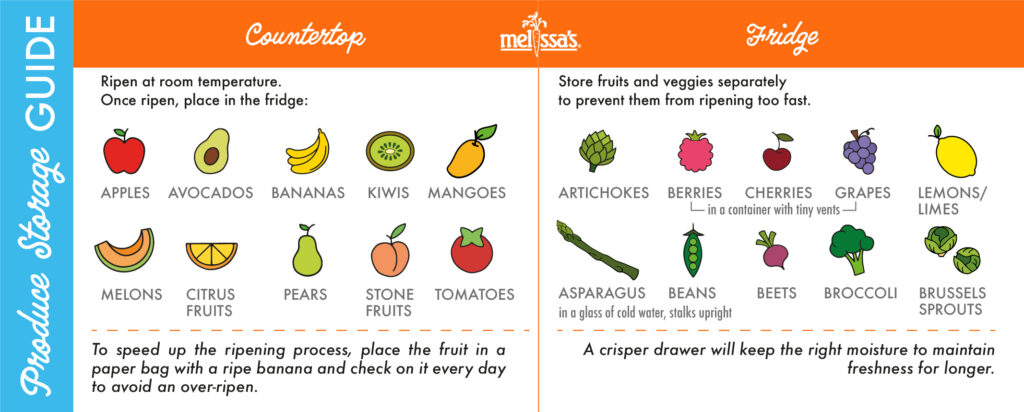
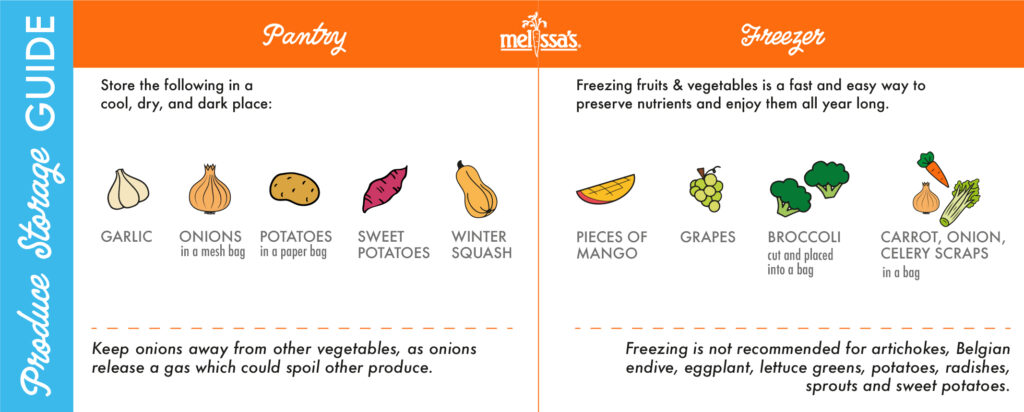
For Vegetables:
Before storing, remove ties and rubber bands and trim any leafy ends. Leave an inch to keep the vegetable from drying out. Make sure the bag you store the veggies in has some holes punctured to allow for good airflow. Pack vegetables loosely in the refrigerator. The closer they are, the quicker they will rot. Leafy greens can be washed before storing by soaking them in a sink full of water, while soft herbs and mushrooms should not be washed until right before they are used.
For Fruits:
Non-cherry stone fruits, avocados, tomatoes, mangoes, melons, apples, and pears will continue to ripen if left sitting out on a countertop, while items like bell peppers, grapes, all citrus, and berries will only deteriorate and should be refrigerated. Bananas in particular ripen very quickly, and will also speed the ripening of any nearby fruits.
Store in the Refrigerator:
 |
| Photo credit: Bosch |
apples (> 7 days)
apricots
artichokes
asian pears (nashi)
asparagus
beets
belgian endive
blackberries
blueberries
broccoli
brussels sprouts
cabbage
carrots
cauliflower
celery
cherries
cut fruits
cut vegetables
figs
grapes
green beans
green onions
herbs (not basil)
leafy vegetables
leeks
lettuce
lima beans
mushrooms
peas
radishes
raspberries
spinach
sprouts
strawberries
summer squashes
sweet corn
Store at Room Temperature:
 |
| Photo credit Pinterest |
apples (< 7 days)
bananas
basil (in water)
cucumbers†
dry onions*
eggplant†
garlic*
ginger
grapefruit
jicama
lemons
limes
mandarins
mangoes
melons
oranges
papayas
peppers†
persimmons
pineapple
plantain
pomegranates
potatoes*
pumpkins
sweet potatoes*
tomatoes
watermelons
winter squashes
*Store garlic, onions, potatoes, and sweet potatoes in a well-ventilated area in the pantry. Protect potatoes from light to avoid greening.
†Cucumbers, eggplant and peppers can be kept in the refrigerator for 1 to 3 days if they are used soon after removal from the refrigerator.
